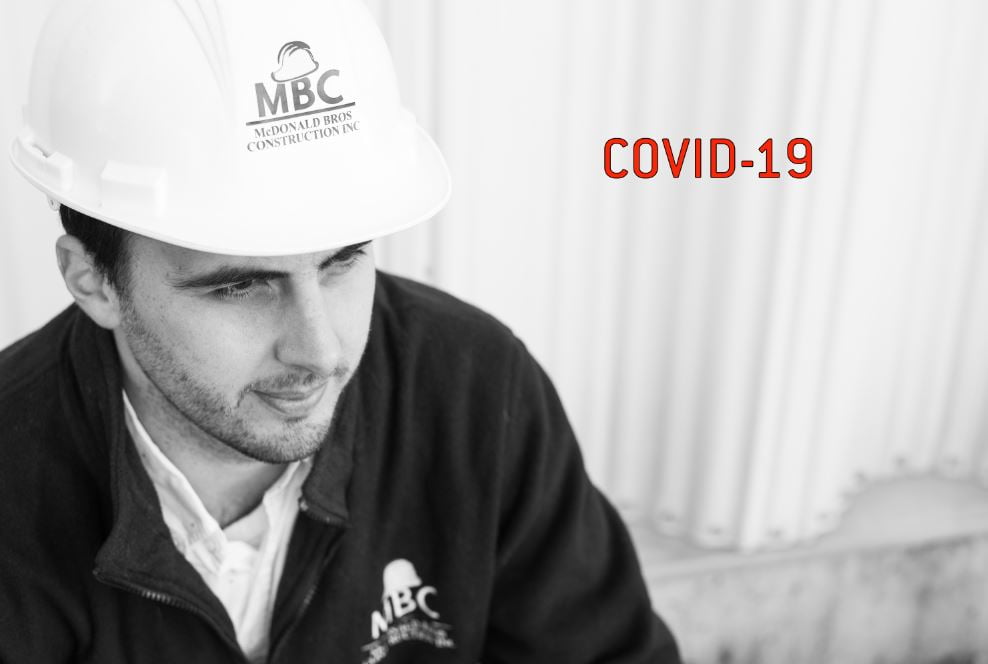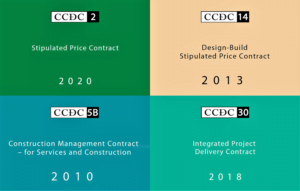Two years ago, nobody could have foretold the lasting impact of the COVID-19 pandemic and the effect of prolonged shutdowns on industries throughout the country. The result on the construction sector has been truly drastic.
Over the last two years, the market has been experiencing a combination of skyrocketing material prices, wide-ranging shortage of construction materials as well as an ever-worsening skilled labour shortage. As governments continue to invest in infrastructure spending to stabilize the economy, demand for construction services has seen record spikes throughout the country. Major buyers of construction will attest to the increasing wait times on some material divisions / products (sometimes exceeding 6 months) as well as the major challenges in budgeting for the rapid escalations in the costs of construction with weekly double-digit price increase announcements across most divisions of construction materials. With so much uncertainty in the construction sector, how does one navigate these uncharted waters and deliver a successful project – on time and on budget?
Best Practice #1: Have a Realistic Budget & Schedule
While it may be sobering to say, the best way to meet your goals and targets is to make them achievable especially given current market conditions. It is no secret that a large part of the reason major buyers of construction in Ottawa have experienced sticker shock when tendering their projects is because their expectations haven’t been rooted in the current reality for building costs / timelines. Traditional tools for ballpark budgeting including pricing software and indexes haven’t been able to adjust quickly enough to provide relevant pricing data. 
To make matters worse many tight construction schedules are so unachievable given the certain product delivery delays, many contractors won’t even undertake to bid work that simply cannot be achieved in the provided timelines. Have up front discussion with local architects, consultant groups and construction managers to get their feedback on ballpark costs and current market conditions as these can differ between regions. Where certain divisions are lacking adequate resources to meet the demands it should be expected that these costs will be greater than anticipated. Review recently completed projects of a similar size and scope to understand truly how long it will likely take to get from pre-construction to project completion. During your tender’s question period review comments about schedule and be wary of listening only to what you want to hear. These are chaotic times, if a builder says he can do it faster, ask for references and be wary of such comments.
Best Practice #2: Engage with a Construction Manager Early
One of the ways many project owners are mitigating risks is to proceed with their projects under Construction Management (CM) contracts such as CCDC 5A/5B. By bringing on a builder as part of your team early in the process, many design issues, budget constraints and scheduling challenges can be dealt with up front under a stipulated fee structure. Certain elements of your project can be progressed / tendered before others without making the financial commitment required by under a lump sum tender and can help you get the shovel in the ground much faster with less risk (for both the owner and the builder).

Finally, once the budget and schedule is determinable and achievable by the construction manager, these contracts allow for a conversion to a guaranteed maximum price which typically satisfies an owners’ financing requirements. Many project owners who undertake a construction management approach to procurement can attest to the “best of both worlds” experience that is achieved. A word of caution though, a crucial aspect in the successful CM delivery is ensuring that you engage a competent Construction Manager who has the relevant experience and network to ensure a successful delivery. An inexperienced Construction Manager (much like a unsophisticated General Contractor) can lead to costly mistakes, wasted time and frustration with the process. Where applicable, pre-qualify your team to ensure they have the resources and reputation to successfully manage your project.
Best Practice #3: Consider Alternatives

Many consultant teams have already begun the process of looking for alternative design choices and materials when developing plans and specifications for new projects. Difficult to source products with longer lead times should be identified and reviewed early for alternatives. It is important to remember that the cost of choosing an alternative product and related re-design costs (if applicable) must be weighed against the cost of delays to a project’s schedule. More often than not, a month of delay to a critical path item can be more costly when considering the extension to a Contractor and their various subtrades’ general conditions, as well as additional consultant time vis-à-vis the possible increase in cost to change to an alternative and related design elements to work it into the design.
Best Practice #4: Review Your Supplementary Conditions
One of the major pitfalls we see project owners fall into is to attempt to mitigate their risk by transferring more of it to the General Contractor via punitive supplementary general conditions in their contracts. This includes liquidated damages clauses for failing to meet schedule targets, long tender validity periods, exclusions to price escalations to name a few. Remember that in a lump sum tendering environment, General Contractors price their work based on the risk involved. By increasing the risk dramatically to the Contractor, say, by having a validity period of longer than 30 days, a competent contractor will add price escalation contingencies and provisions into their base bid to accommodate this new risk profile.

In many cases where unfavorable contract conditions are pervasive, many General Contractors will simply pull out of bidding completely in favour of more appealing work (of which there is currently a great deal of). If attracting several competent General Contractors to bid your projects is becoming challenging, a good place to start is to look at your supplemental conditions in your contracts or perhaps even have one of the local associations, such as the Ottawa Construction Association (OCA) or General Contractors Association of Ottawa (GCAO) review them for you to provide their commentary. By making your contract terms more favorable, you will increase the appeal of your project, bringing more parties to the table, simultaneously increasing competition, and lowering overall bid prices for your work.
By applying these best practices, you will be adding additional layers of risk mitigation into your project delivery during these unprecedented times, helping to ensure your post-Covid construction project is a successful one.





